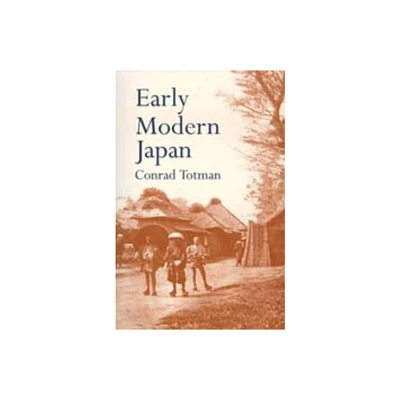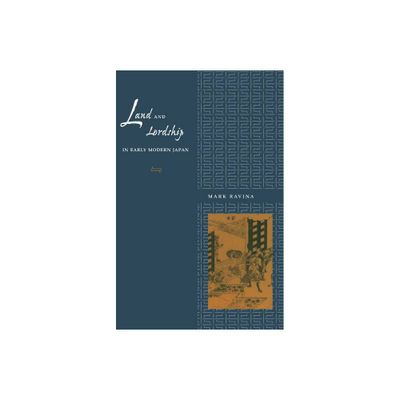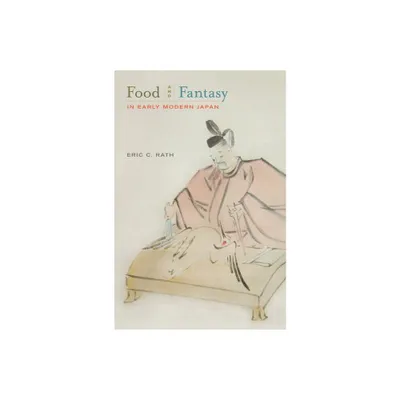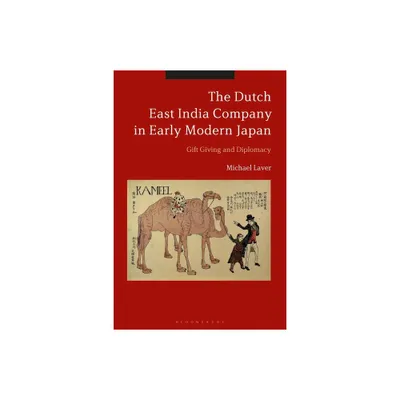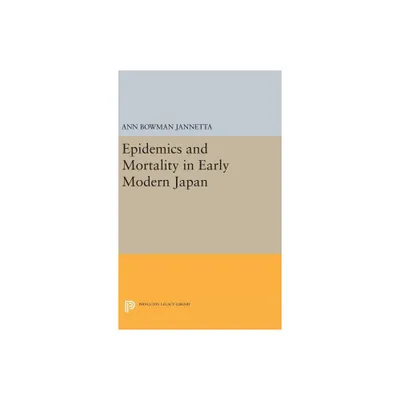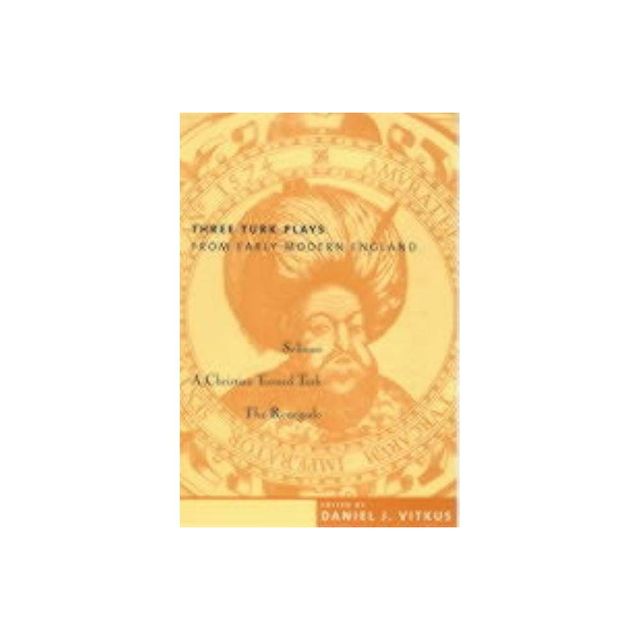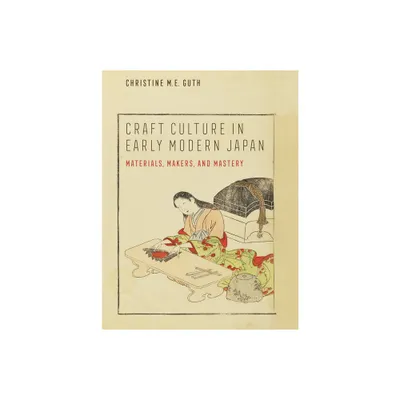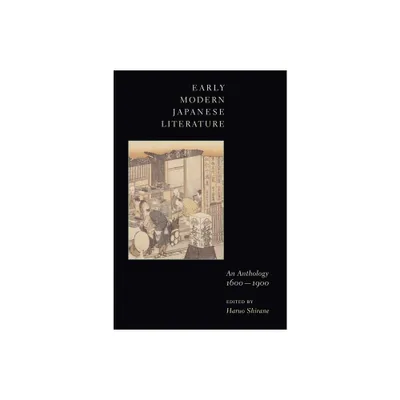Home
What Is a Family?: Answers from Early Modern Japan
Loading Inventory...
Barnes and Noble
What Is a Family?: Answers from Early Modern Japan
Current price: $34.95


Barnes and Noble
What Is a Family?: Answers from Early Modern Japan
Current price: $34.95
Loading Inventory...
Size: Paperback
*Product Information may vary - to confirm product availability, pricing, and additional information please contact Barnes and Noble
A free open access ebook is available upon publication. Learn more at www.luminosoa.org.
What Is a Family?
explores the histories of diverse households during the Tokugawa period in Japan (1603–1868). The households studied here differ in locale and in status—from samurai to outcaste, peasant to merchant—but what unites them is life within the social order of the Tokugawa shogunate. The circumstances and choices that made one household unlike another were framed, then as now, by prevailing laws, norms, and controls on resources. These factors led the majority to form stem families, which are a focus of this volume. The essays in this book draw on rich sources—population registers, legal documents, personal archives, and popular literature—to combine accounts of collective practices (such as the adoption of heirs) with intimate portraits of individual actors (such as a murderous wife). They highlight the variety and adaptability of households that, while shaped by a shared social order, do not conform to any stereotypical version of a Japanese family.
What Is a Family?
explores the histories of diverse households during the Tokugawa period in Japan (1603–1868). The households studied here differ in locale and in status—from samurai to outcaste, peasant to merchant—but what unites them is life within the social order of the Tokugawa shogunate. The circumstances and choices that made one household unlike another were framed, then as now, by prevailing laws, norms, and controls on resources. These factors led the majority to form stem families, which are a focus of this volume. The essays in this book draw on rich sources—population registers, legal documents, personal archives, and popular literature—to combine accounts of collective practices (such as the adoption of heirs) with intimate portraits of individual actors (such as a murderous wife). They highlight the variety and adaptability of households that, while shaped by a shared social order, do not conform to any stereotypical version of a Japanese family.
